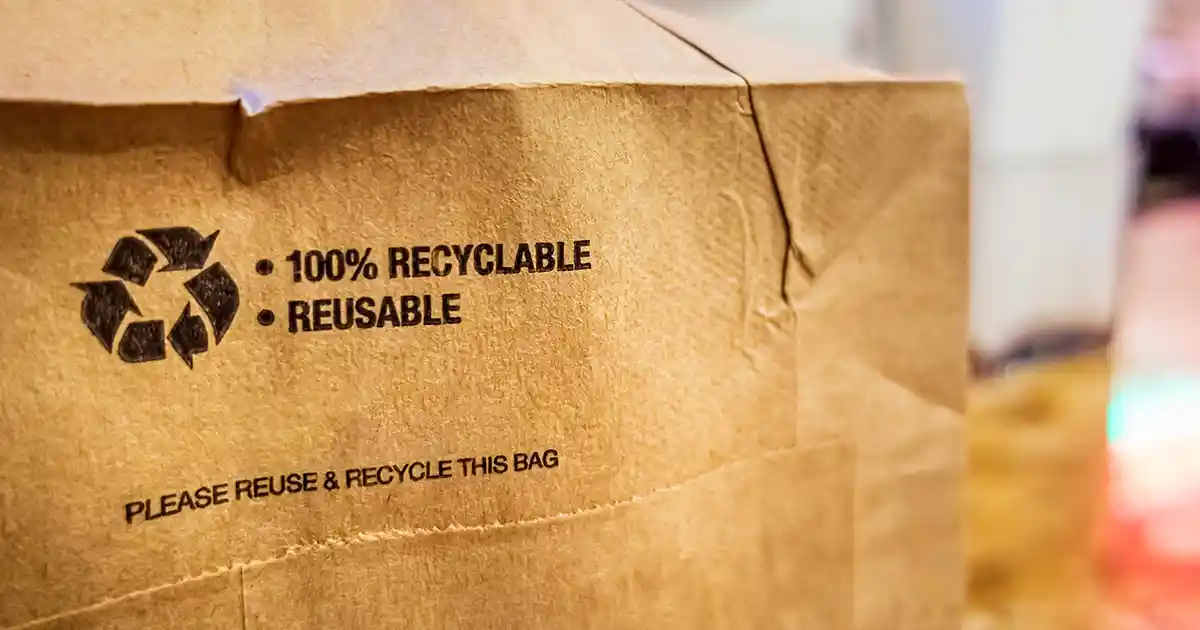Hyundai Motorstudio Senayan Park
Hyundai Motorstudio Senayan Park
Newsroom
The official news from Hyundai Motorstudio Senayan Park and a collection of innovative articles on mobility and sustainability here.
-
The Importance of 'Reusable' in the Reduce, Reuse, Recycle Cycle
- Hyundai Motorstudio Senayan Park 2023.10.05
-
Nowadays, the issue of 'reusability' or reuse is very important in the context of sustainability and environmental protection. The main reason for this is the increasing use of single-use or disposable items.
Single-use items such as plastic, paper, and other consumer goods generate a very large volume of waste and have a negative impact on the environment.
The impact of this increase in waste is environmental pollution, climate change, and ecosystem damage. Therefore, it is important to focus on reuse and green technology to create a more sustainable world.
Definition and Concept of Reusable
'Reusable' is an item that can be used again after its first use without experiencing significant damage. Examples of reusable items are water bottles, shopping bags, and food containers.
The concept of 'reduce, reuse, recycle' (3R) is a fundamental principle of sustainable waste management.
1. Reduce
Reducing is the effort to consume fewer goods and energy. This means buying products with minimal packaging, avoiding single-use items, and using energy efficiently.
In the 'reduce, reuse, recycle' cycle, the role of 'reusable' cannot be ignored. Reusable, or items that can be used again, play a key role in reducing the burden of waste on Earth.
These items include drinking bottles, shopping bags, food containers, and many more. Every time we reuse these items, we reduce the need to produce new goods, which in turn reduces the use of natural resources, energy, and carbon emissions.
1.1. Reducing the Use of Natural Resources
Natural resources are limited and excessive use can lead to environmental degradation. By reusing items, we can reduce the need for new raw materials. For example, by using a drinking bottle again, we reduce the need for new plastic to be produced.
1.2. Saving Energy
Producing new goods requires a lot of energy. From extracting raw materials, processing, to shipping to stores, all require energy. By reusing items, we reduce the need for all this energy.
1.3. Reducing Carbon Emissions
The production process of new goods generates a lot of carbon emissions. These emissions are one of the causes of climate change. By reducing the need for new product production, we also reduce carbon emissions.
1.4. Reducing Waste
Items that can be reused also reduce the amount of waste generated. Excessive waste causes pollution problems and difficult waste management. By reusing items, we can reduce the amount of waste generated and help reduce this problem.
1.5. Reducing Pollution
Processing raw materials and producing new goods often generate pollutants that can contaminate water, soil, and air. By reducing the need for new product production, we can also reduce these pollutants.
2. Reuse
Reusing is the effort to use items more than once before disposing of or recycling them. Examples are using a water bottle again or using the same shopping bag for shopping more than once.
3. Recycle
Recycling is the process of turning used goods into new ones. Examples are recycling used paper into new paper or recycling used plastic bottles into new plastic products.
Reusable Lifestyle: How to Implement It in Daily Life
Implementing a reusable lifestyle is one of the effective ways to contribute to maintaining environmental sustainability. Here are some ways to implement a reusable lifestyle in detail and in detail:
1. Use a Reusable Water Bottle
Replacing disposable plastic water bottles with reusable water bottles can save a lot of plastic. Bring a reusable water bottle wherever you go, so you don't need to buy water in disposable plastic packaging.
2. Bring Your Own Shopping Bag
Using a reusable shopping bag can reduce the need for disposable plastic bags. Keep a few reusable shopping bags in your car or everyday bag so they are always available when you need them.
3. Use Reusable Food Containers
Bring a reusable food container when ordering food to take home or when going on a picnic. This will reduce the need for disposable food containers.
4. Use Reusable Kitchen Utensils
Replacing disposable kitchen utensils such as plastic and aluminum foil with reusable ones, such as stainless steel bowls, cloth napkins, and tupperware.
5. Use Reusable Tableware
Using reusable tableware such as plates, glasses, and forks and spoons made of durable materials, such as stainless steel or bamboo, rather than using disposable tableware.
6. Use Cloth Wipes and Cloth Napkins
Replacing paper tissues and paper towels with cloth wipes and cloth napkins that can be washed and reused.
7. Use Coffee or Tea in a Reusable Cup
Bringing a reusable cup for coffee or tea when going to a cafe can reduce the need for paper or disposable plastic cups.
8. Use a Reusable Straw
Using a reusable straw made of stainless steel or bamboo rather than using a disposable plastic straw.
9. Use Reusable Pads or Tampons
Replacing disposable pads and tampons with versions that can be washed and reused.
10. Shop at All-in-One Stores
Shopping at all-in-one stores or local farmers' markets where you can bring your own container to fill items such as rice, nuts, and spices.
11. Use Refillable Beauty Products
Choosing beauty or body care products that offer refill options, so you don't need to buy new packaging every time it runs out.
In the context of sustainability and environmental protection, it is very important to focus on reuse and green technology. The concept of 'reduce, reuse, recycle' is a fundamental principle of sustainable waste management, and 'reusable' plays a key role in this cycle.
Therefore, let's start using reusable items and focus on green technology to create a more sustainable world.




